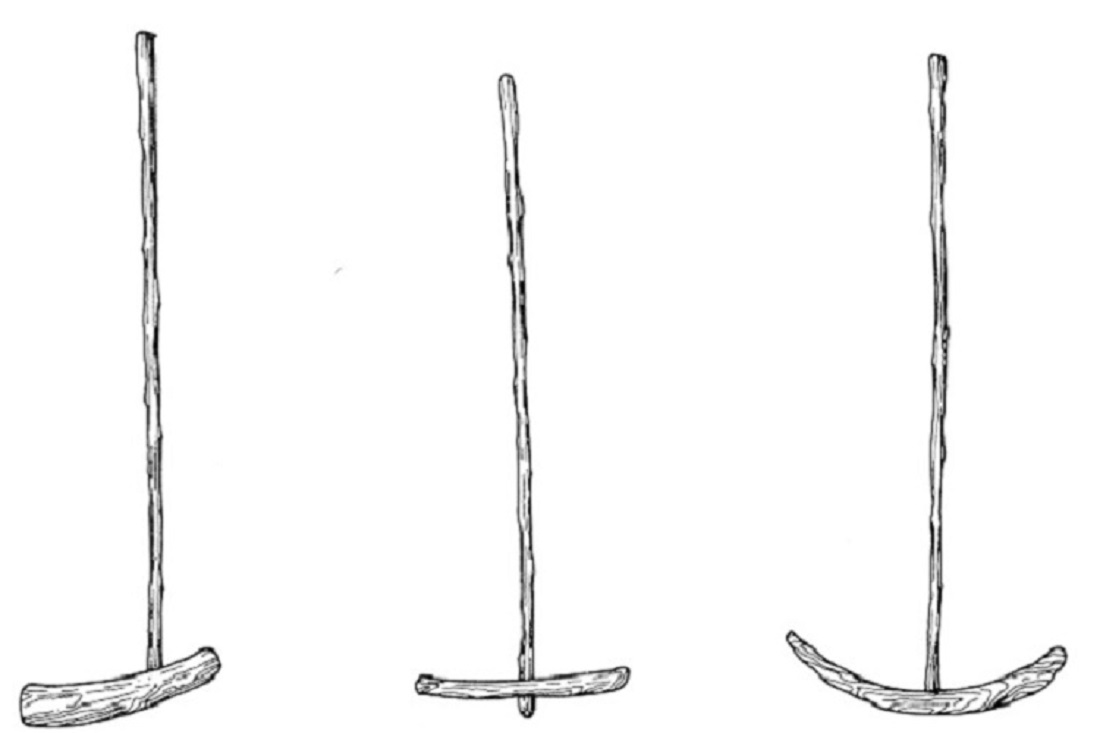POLO BEFORE MALLETS
In a sport that has seen so many changes and a myriad of versions over the years, the mallet is a constant
15 November 2017

I
n a sport that has seen so many changes and a myriad of versions over the years, the mallet is a constant. One could contest it is no more than a stick, but it is the anchor to this historical sport. Despite its unchanged status, the mallets design has been revised frequently over the years. The mallet’s design follows the same trajectory as the sport, the modern mallet’s sixteenth century ancestors were just as inconsistent as the rules of its times.
The Persian Chogan, the first documented form of Polo, featured a plethora of different mallets. The hand crafted mallets were as rugged and crude as the game they played. The mallets had a long wooden handle that is believed to have ranged according to the player’s and horses’ height and the only thought that went into making the head was if it could efficiently control the ball.
While Polo might have started in Persia, it did not take royalty around the world to develop a fondness for the game. South and Central Asia too had cavalrymen and kings partaking in Polo dating back to 8 Century AD. Under the Tang Dynasty polo was widely popularized in Central Asia. The Chinese had their own version of the mallet back in the day, much more refined than their Persian contemporary and yet so far removed from its modern variant. More akin to a hockey stick, Polo mallets which were favored by Chinese emperors for centuries, while exhibiting better finishing was no more than a hooked stick.
In the end, irrespective of built and configuration, a Polo mallet will forever and always be indispensable to Polo, for obvious reasons.


